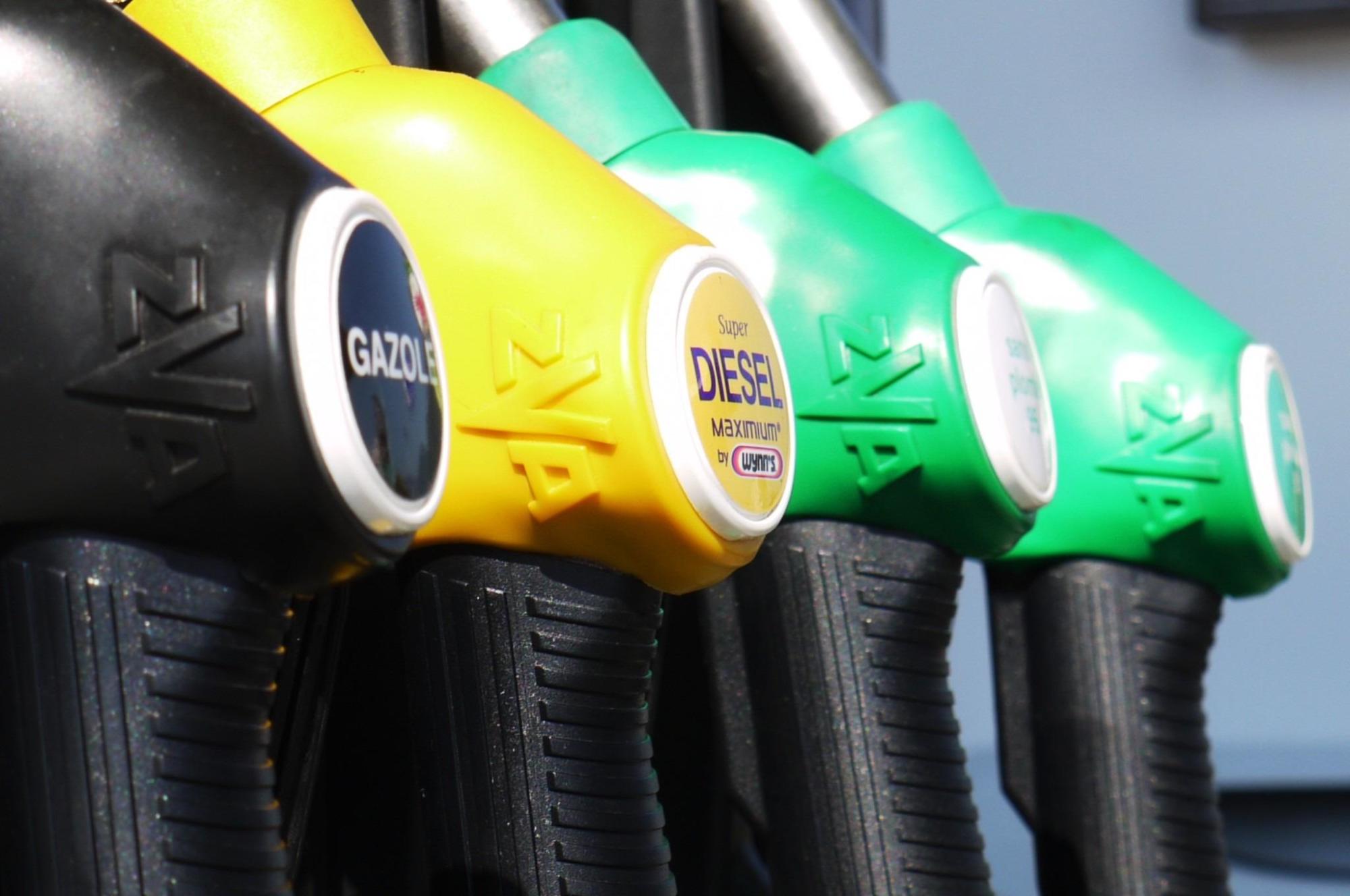
Blog post
The end of the affair
The first petrol powered car was built by Karl Benz in 1886. Some 149 years later, the last petrol powered car will probably also be built by the company named after his colleague’s daughter, Mercedes, and will roll off the production line in 2035. In between times, an astonishing 2.2 billion petrol or diesel cars were made, personal mobility was changed beyond recognition and a lot of catchy pop songs were written about the joys of being a teenager with your own car.
However, as you will have seen in the news, the age of the petrol/diesel Fossil Fuelled (FF) car is coming to an end and the European Commission recently unveiled a proposal that would effectively ban the sale of these vehicles in the EU from 2035, as part of its massive set of revised climate and energy legislation – the so-called ‘Fit-for-55’ package. This ban comes in two phases: CO2 emissions of new cars will need to be 55% below 2021 levels by 2030 and from 2035, new rules will make selling new wholly FF powered vehicles impossible in the EU. The Netherlands and Denmark are expected to introduce a similar ban in 2030.
Most cars have an average life of about 11 years, so within 25 years our brief but intense affair with the FF powered car will be over. It’s a reasonable prediction to say that your grand kids will never travel in an FF powered car and the whole accompanying cultural edifice of late night petrol stations, motor sport and teenage boys in noisy souped up Renault Clio’s will go from our lives for good.
To put it in context, there are 242.7 million registered cars in Europe and 28 million vans. Interestingly, France has the largest van fleet with 6 million vans tootling around presumably delivering cheese, croissants, and wine. Annual car sales are around 12 million with the diesel VW Golf topping the list. All of that will have to change from an FF powered fleet to an electric one and this has huge implications for manufacturers, consumers, and energy generation.
Firstly, most European manufacturers don’t have that many pure electric cars in their existing product suite and most consumers aren’t yet buying the ones that do exist. Despite generous tax breaks and grants, sales of fully electric or hybrid (battery plus an FF engine) in Europe only accounted for about 1.4 million or 10% of car sales in 2020. Crucially, pure battery electric vehicles (BEVs) were just over half of this figure with 747,000 cars sold, roughly 5% of total sales. Hybrids are banned from 2035 so that 5% needs to increase by a factor of 20 to become 100% within 14 years. This means that car manufacturers need to design, develop, and persuade cautious consumers to buy a whole new product range within a short period of time. On the bright side, we are already seeing the beginnings of exponential growth in EV sales, signalling that the consumer might be ready for this drastic change. In Europe, around 1 million EVs were sold in the first half of 2021 representing a 157% increase relative to the first half of 2020. Year-long sales are expected to exceed 2.5 million, with around half being BEV sales.
Secondly is the need to build a charging network to power all these new EVs. 243 million cars will need a lot of both charging points and electricity. There are currently circa 220,000 publicly available EV charging points across Europe and the EU estimates this will need to increase to 6 million by 2030 and 16.3 million by 2050. A typical street charger costs circa GBP 3 – 4k to supply and install so that’s a required GB 50 billion investment in charging infrastructure assuming the sites and more importantly the electricity is available.
The EU estimate that an additional 150,000 MW of electricity production will be needed by 2050 to power the new European electric car fleet. Hopefully this will all be powered by carbon friendly renewable sources, but the word “hopefully” is doing a lot of heavy lifting in all of this. It sounds obvious but Newton’s inexorable second law of motion dictates that EVs still need as much energy per ton to accelerate as their FF siblings, they just consume it more efficiently and from remote generators rather than an engine under the bonnet. The obvious key to making this policy work is to ensure that this energy comes from renewable sources.
The EU have of course considered this and they anticipate that, given current trends in the European generation mix, the avoided CO2 emissions from individual cars will outweigh the higher emissions from remote electricity generation. If this is true, a net annual reduction of 255 million tons of CO2 could be delivered in 2050 which is an amount equivalent to around 10% of the total projected emissions from all sectors for that year so a huge impact on EU emissions and undoubtedly a good thing all round if it all goes as planned.
However, it begs a number of questions. Firstly, who is going to fund this transition? If we assume a conservative cost of GBP 2 million per MW of new generating capacity, the total cost for the shift to a European EV fleet is probably going to be well north of GBP 350 billion over 25 years or just over one GBP billion per month, every month for 25 years. Presumably the project finance banks and pension funds will step up to the plate but although renewable power stations are now mainstream lending, so far the appetite to fund the accompanying EV charging infrastructure has been muted at best because of perceived demand risk. However, we expect this perception will change quite quickly as the European car fleet transitions to electric and the existence of demand for charging is evidenced.
Finally, EVs seem to have won the battle of ideas when it comes to decarbonising the European car fleet. Arguably we could get to the same net reduction in emissions by going down the hydrogen or biofuels route but they didn’t seem to feature as alternatives. Now that the car manufacturing sector has been told to shift its attention to electric cars to meet the 2035 target, it is probably reasonable to assume that serious research or investment in alternatives will stop. That said, Toyota, has just launched a hydrogen powered car, the Mirai. In the same breath, Mercedes has just cancelled its long running hydrogen research programme so it’s still unclear how this will pan out. My money is on electrification as once the GBP 350 billion on charging infrastructure and additional electricity generation has been spent, it seems unlikely the banks will have much appetite to back a similar investment in hydrogen charging for a nascent and competing car fleet.
In conclusion, the EU have signalled the end of the FF powered car as a massive (and we say welcome) key step towards mitigating climate change. As a design, the FF powered car lasted just shy of 150 years and simultaneously both revolutionised personal mobility throughout the world whilst unfortunately contributing significantly to climate change. It’s looking likely that the 242 million FF cars currently driving around Europe will be replaced by EVs but this will need a huge investment in both charging infrastructure and electricity generation.
Having developed this radical policy, the big issue for the EU is whether manufacturers, consumers and electricity generators will all play ball. The big unknowns are whether sufficient electricity will be available to power these cars, whether this electricity will be generated from renewable sources, and who will fund the investment required. It’s a bit of a leap into the dark albeit with the good intention of reducing carbon emissions by 255 million tons per annum by 2050.
This is undoubtedly a seismic change that will change the European urban landscape forever, but I think it’s a foretaste of what is needed if we are to achieve the Fit for 55 objectives. However attached we are to our FF cars, they are a major source of emissions and electric cars powered by renewable sources must be the personal transport of a sustainable future. My grandkids may never drive an FF car but that’s a small price to pay to provide a liveable planet for their grandkid’s kids.

